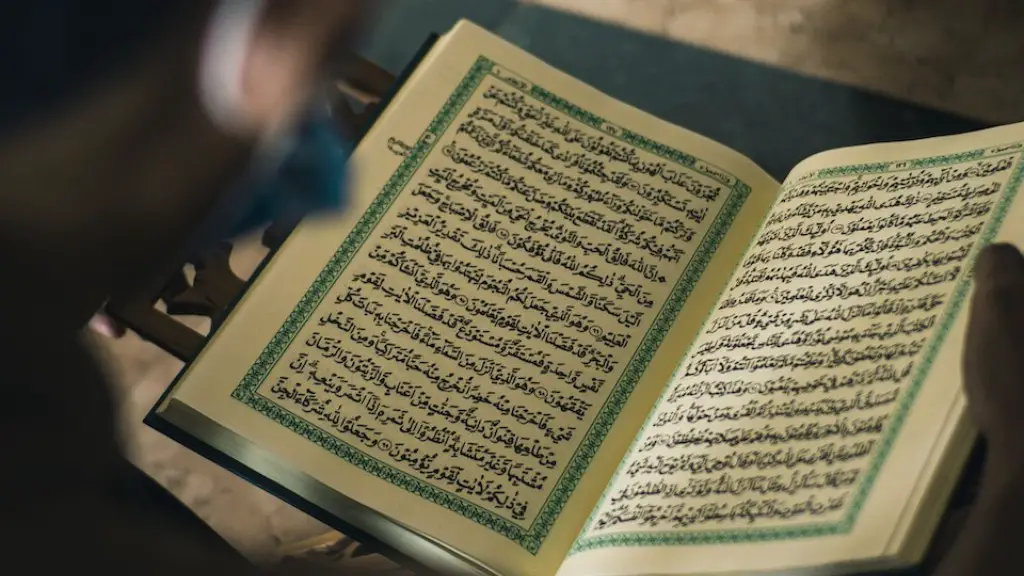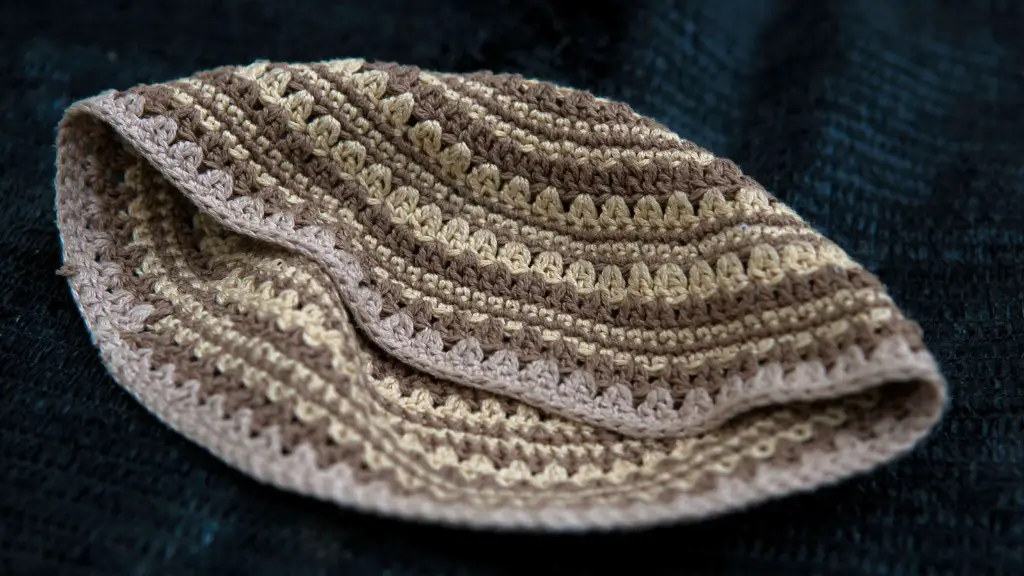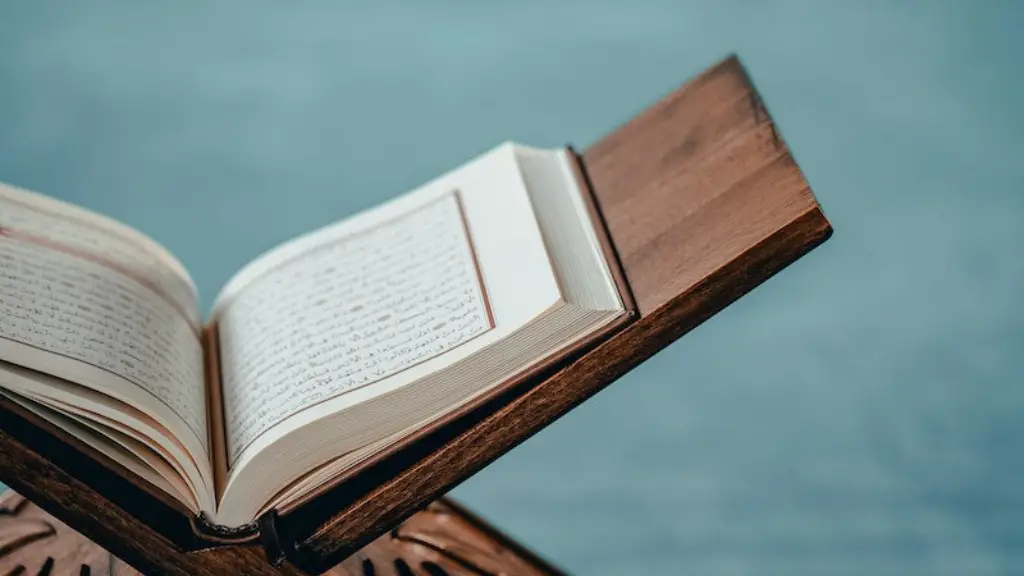Islam is a religion that was founded in the 7th century by the prophet Muhammad. It is the second largest religion in the world with over 1.5 billion followers. Muslims believe in one god (Allah) and that Muhammad is his messenger. The teachings of Islam have influenced the arts in many ways. For example, Islamic art is characterized by its use of geometric patterns, calligraphy, and nonrepresentational images. Islamic artists often seek to create art that is beautiful and pleasing to Allah.
Teachings of Islam had a big influence on the creation of Islamic art. Islamic artists strove to create art that would reflect the beauty of their faith, and their art often contained religious imagery and messages. One of the most important aspects of Islamic art was its emphasis on calligraphy, which was used to create beautiful and decorative writing. Islamic art also featured geometric patterns and decorations, as well as other symbols that had religious significance.
How did Islam influence art?
Islamic art has made significant achievements in the field of ceramics, both in pottery and tiles for walls. In the absence of wall-paintings, Islamic art has taken ceramic art to new heights unmatched by other cultures. Early pottery is often unglazed, but tin-opacified glazing was one of the earliest new technologies developed by Islamic potters.
Muslims have a long tradition of classical Persian poetry, which has been influenced by the spread of Islam to other regions. This has resulted in a growth in literature in other languages, ranging from Swahili to Malay.
What is the importance of arts in Islam
So Islamic art focuses on the spiritual representation of objects and beings, and not their physical qualities. The Muslim artist does not attempt to replicate nature as it is, but tries to convey what it represents. This lets the artist, and those who experience the art, get closer to Allah.
As Islam expanded, Muslims entered regions that had rich artistic traditions. In order to adhere to Islamic law, which forbids the depiction of living beings, many artists turned to calligraphy or expressed themselves through the decorative arts, such as textiles and ceramics. This resulted in a unique fusion of Islamic and pre-Islamic artistic traditions.
What art was influenced by Islamic art?
Mudéjar art is a style of art that was heavily influenced by Islamic art. It developed in the 12th century and continued to be popular until the 16th century. This style is a result of the convivencia between the Muslim, Christian, and Jewish populations in medieval Spain.
Islamic art is often characterized by its use of geometric patterns and calligraphy. The Dome of the Rock and the Taj Mahal are two of the most iconic examples of Islamic architecture. Mina’i ware bowls and silk carpets are examples of Islamic art that often incorporate intricate patterns. The Qur’an is the sacred text of Islam and is often decorated with beautiful calligraphy.
What is the greatest impact of Islamic art in our culture?
Cultural and social development can be perceivably positive because it helps people to understand the importance of their culture and how it contributes to their overall identity. It can also help people to feel proud of their culture and learn more about its history and traditions. In addition, cultural and social development can promote better understanding and communication between different cultures.
The Islamic world has a rich tradition of art, including pottery and tilework. In the 1850s, Western artists began to copy these intricate and beautiful designs. The resulting tiles were very popular in Europe and North America. The Islamic influence on Western art is still evident today.
How did Islam influence the arts and crafts of Central Asia
Central Asian art and crafts are largely influenced by Islam. After the arrival of Islam, most of the art that has come out of Central Asia has been Islamic art or folk art. Islamic art forbids the depictions of human figures and animals. It features calligraphy, arabesques and floral and geometric designs repeated over and over.
Calligraphy is a very important art form in the Islamic world. The Qur’an, written in elegant scripts, represents Allah’s (or God’s) divine word, which Muhammad received directly from Allah during his visions. Quranic verses, executed in calligraphy, are found on many different forms of art and architecture.
How did the Quran influence art?
Islamic art is often recognized by its distinctive style, which is characterized by the use of geometric and floral patterns, as well as by the extensive use of calligraphy. This style was largely influenced by the Quran, which ban the worship of idols and forbid artists to potray God or human figures in religious art. As a result, Islamic art often features intricate patterns and calligraphy instead of figurative images.
The four basic components of Islamic ornamentation are calligraphy, vegetal patterns, geometric patterns, and figural representation. Of these, the most important and prevalent is the all-over surface decoration. This is due to the fact that Islamic art is heavily based on calligraphy and geometry, two forms which are naturally conducive to all-over patterns. In addition, the patterns generally have a high degree of symmetry, which also contributes to their overall effect.
How did Islam influence architectural styles
Islam introduced a number of features to architecture that were later adopted by Indian architects. These include the dome, the true arch, geometric motifs, mosaics, and minarets. Despite their fundamental conceptual differences, Indian and Islamic architecture achieved a harmonious fusion that established a modern Indian architectural type, which would later captivate Europeans.
Islam does not allow the use of human or animal motifs as decoration, so their panels were filled with floral patterns, verses from the Quran, and geometrical and arabesque designs. Motifs like swastika and lotus were incorporated by the indigenous masons.
How did religion impact art?
Different Christian artworks serve different purposes. Some works are devotionals, designed to make the viewer think deeply about faith and beliefs. Other works are intended to teach the viewer. Some works are dramatic and emotional, used to make the viewer feel a sense of love, fear, or respect for Christianity. And some artworks are used in Christian rituals.
In the Islamic world, calligraphy is considered to be the most highly regarded and most fundamental element of art. This is due to the fact that the Qur’an, the book of God’s revelations to the Prophet Muhammad, was transmitted in Arabic. And within the Arabic script is the potential for developing a variety of ornamental forms.
Thus, calligraphy is a highly revered art form in the Islamic world and is seen as a way to connect with God and express one’s faith.
Final Words
The teachings of Islam had a significant impact on the arts. One of the most important things that the religion taught was the importance of beauty. This was reflected in the arts through the use of geometry, calligraphy, and ornate patterns. Islam also taught the importance of morality, which was reflected in the arts through the use of symbolism and allegory.
Although the Islamic world has a long and rich history of art, it is difficult to pinpoint how exactly the teachings of Islam influenced the arts. It is safe to say, however, that the Islamic world has always been a place where art and religion have coexisted and influenced each other. The Islamic belief in the importance of the written word, for example, has led to a tradition of calligraphy that is revered in the Islamic world. Similarly, the Islamic belief in the importance of beauty has led to the development of a highly refined style of art, architecture, and design.




